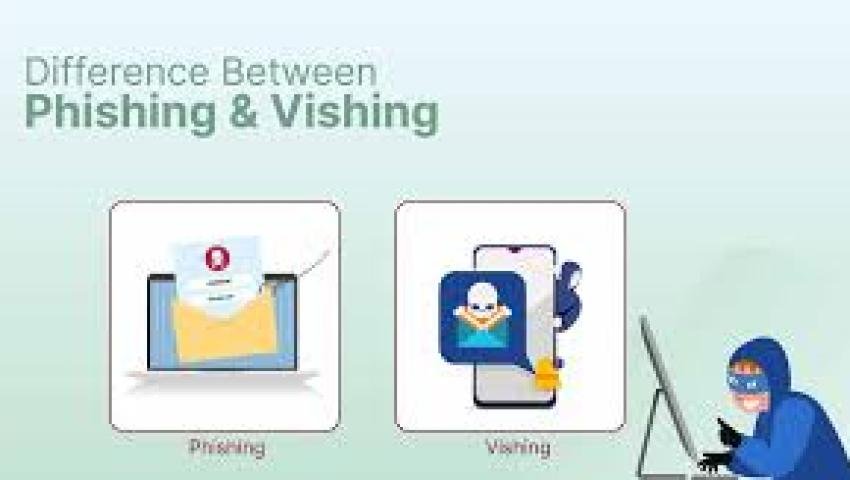
From Phishing to Vishing: The Evolution of Cyber Fraud
While phishing remains one of the most well-known forms of cybercrime, the rise of vishing, smishing, and other social engineering tactics has expanded the threat landscape, forcing businesses and individuals to rethink how they protect themselves.
Cyber fraud has evolved dramatically over the past decade, adapting to new technologies and exploiting human behavior in increasingly sophisticated ways. While phishing remains one of the most well-known forms of cybercrime, the rise of vishing, smishing, and other social engineering tactics has expanded the threat landscape, forcing businesses and individuals to rethink how they protect themselves.
The era of phishing
Phishing began as mass emails sent to unsuspecting users, often disguised as messages from banks, online services, or popular brands. The goal was simple: trick recipients into revealing login credentials, credit card information, or other sensitive data. Early phishing emails were often easy to spot, featuring poor grammar, generic greetings, and suspicious links. Over time, attackers refined their approach, using personalized messages, domain spoofing, and realistic templates to increase their success rates.
The shift to vishing and voice-based attacks
Vishing—voice phishing—represents a natural evolution of social engineering. Instead of relying on email, attackers now use phone calls, automated voice messages, or even VoIP services to impersonate trusted entities. They may claim to be bank representatives, government officials, or tech support agents, creating a sense of urgency to manipulate victims into sharing confidential information. Unlike emails, phone calls add a personal touch, often making it more difficult for victims to detect deception.
Smishing and multi-channel fraud
With the rise of mobile technology, smishing (SMS phishing) has become increasingly common. Attackers send text messages containing malicious links or fraudulent prompts, exploiting the immediacy and trust associated with mobile communication. Many campaigns now combine phishing, vishing, and smishing, creating multi-channel attacks that increase the likelihood of success.
The role of AI and deepfakes
Artificial intelligence has further accelerated the evolution of cyber fraud. AI tools can generate highly convincing phishing messages, mimic human speech patterns for vishing, and even create deepfake voices or videos to impersonate executives or trusted individuals. These advancements make attacks harder to detect and underscore the importance of continuous vigilance.
Protective measures
To combat evolving cyber fraud, organizations must combine technical defenses with user awareness. Employee training on recognizing suspicious emails, calls, and texts is critical. Multi-factor authentication, secure communication channels, and regular monitoring of accounts and systems add additional layers of protection. Organizations should also encourage reporting of attempted fraud to strengthen collective defense.
Conclusion
Cyber fraud has evolved from crude phishing emails to sophisticated, multi-channel attacks exploiting human psychology and emerging technologies. Awareness, proactive defenses, and continual adaptation are essential for individuals and organizations to stay ahead of attackers in this ever-changing landscape.
Mrityunjay Singh
Leave a comment
Your email address will not be published. Required fields are marked *

